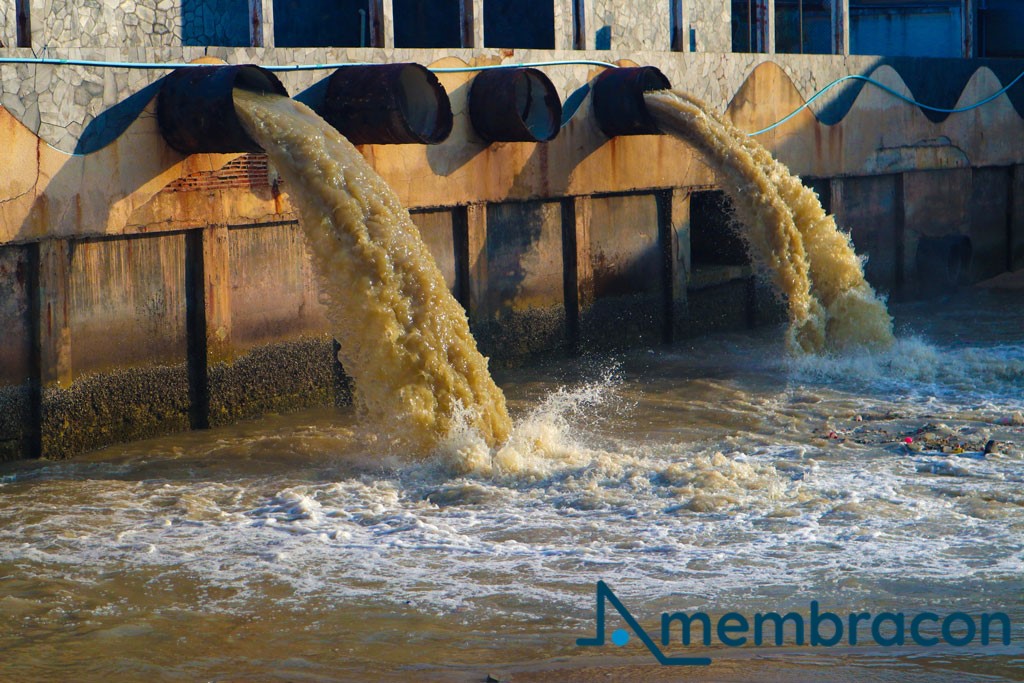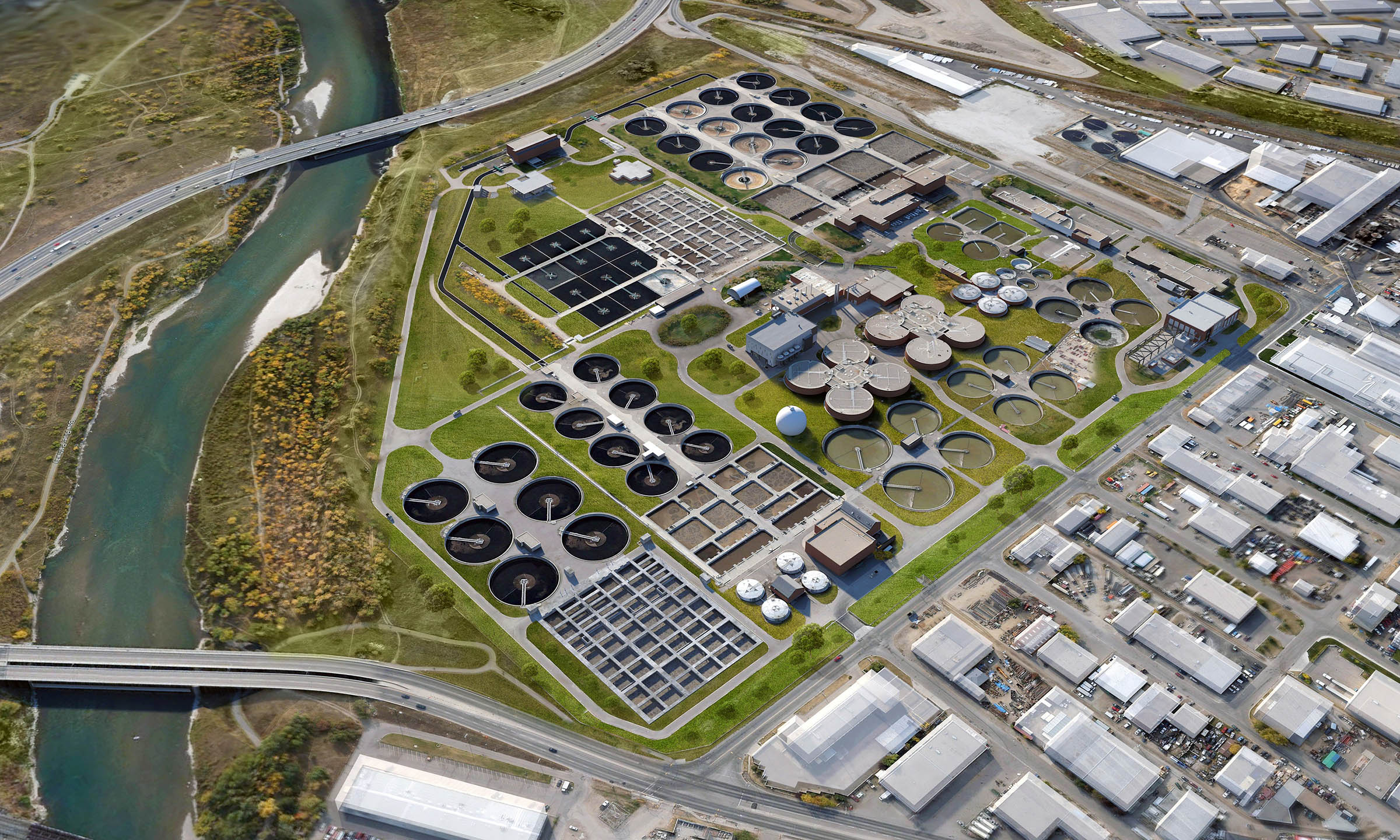Checking Out Innovative Technologies and Practices for Effective Drainage Therapy Systems
Effective drainage therapy systems are vital for environmental sustainability and public health and wellness. Over the last few years, there has actually been an expanding focus on exploring cutting-edge modern technologies and methods to boost the efficiency of these systems. From sophisticated filtration methods to wise tracking systems and organic therapy developments, the area of drainage therapy is seeing a change. By integrating energy-efficient methods and utilizing data-driven optimization methods, the potential for enhancing the efficiency of drainage therapy procedures is huge. This development in the direction of more reliable and lasting remedies not just profits the atmosphere but likewise provides a compelling case for the development of waste water therapy systems in the future.
Advanced Filtration Approaches

Microfiltration involves the usage of great membranes to different particles and microorganisms, while ultrafiltration targets even smaller sized contaminants with finer pores. Nanofiltration services eliminating divalent ions and organic particles, and turn around osmosis is highly reliable in eliminating dissolved salts and various other pollutants. Waste Water Treatment. These techniques not just aid in creating tidy water yet also assist in reducing the environmental effect of wastewater discharges, making them important parts of modern wastewater therapy systems

Smart Checking Systems
The application of clever tracking systems transforms the oversight and administration of wastewater therapy procedures, making sure optimum efficiency and conformity with regulatory standards. These systems use sophisticated sensors, data analytics, and real-time tracking to supply important understandings right into numerous criteria of the therapy procedure. By constantly collecting and assessing information on key signs such as pH degrees, turbidity, liquified oxygen, and circulation prices, wise tracking systems allow operators to immediately determine any type of deviations from the preferred operating conditions. This proactive strategy enables fast interventions to deal with problems prior to they escalate, eventually boosting the general effectiveness and effectiveness of the therapy plant. Wise tracking systems facilitate remote tracking and control, enabling drivers to gain access to real-time data and make educated decisions from anywhere, at any kind of time. This degree of connectivity and automation not just boosts operational efficiency however likewise lowers the danger of non-compliance with environmental laws, causing cost financial savings and environmental management.
Biological Treatment Innovations
Organic treatment technologies have actually dramatically advanced the efficiency and sustainability of wastewater treatment processes. On the whole, biological therapy innovations supply affordable, ecologically friendly solutions for wastewater therapy, promoting sustainable practices in water resource monitoring. Carrying out these technologies can lead to enhanced water top quality, decreased environmental effect, and boosted resource healing in wastewater therapy systems.
Energy-Efficient Practices
Ahead of time the sustainability of wastewater therapy systems, energy-efficient techniques play an essential duty in optimizing operational prices and reducing environmental effect. One key energy-efficient technique is the implementation of innovative aeration systems, such as fine bubble diffusers or surface aerators, which boost oxygen transfer effectiveness in biological treatment processes. By enhancing oygenation performance, therapy plants can reduce energy intake connected with aeration, a considerable factor to general power use in wastewater treatment.
Additionally, the combination of eco-friendly power resources, like photovoltaic panels or wind turbines, can help offset energy demands and reduce reliance on standard fossil gas. Making use of power recovery systems, such as warm exchangers or biogas catch innovations, can likewise add to power cost savings by repurposing waste heat and catching biogas generated during treatment processes.
Moreover, employing power monitoring systems and progressed control approaches can maximize power use by changing operational parameters in real-time based upon varying therapy problems. Generally, incorporating energy-efficient practices not just a fantastic read reduces operational prices yet also reduces the environmental impact of wastewater therapy centers, lining up with sustainable growth objectives and regulative requirements.
Data-Driven Optimization
How can data-driven optimization enhance the performance and efficiency of wastewater treatment systems? Data-driven optimization plays a crucial role in improving the performance of wastewater therapy systems by allowing real-time monitoring, anticipating maintenance, and educated decision-making - Waste Water Treatment. By collecting and assessing data from various sensing units and sources within the therapy plant, operators can get important insights into the system's procedure, determine possible problems prior to they escalate, and maximize processes to attain better end results
Via data-driven optimization, operators can implement anticipating upkeep strategies that assist prevent devices failings and reduce downtime. By examining historical data and patterns, upkeep schedules can be enhanced, leading to cost financial savings and increased system dependability. In addition, real-time data tracking permits immediate discovery of abnormalities or discrepancies from optimum operating problems, enabling timely rehabilitative actions to be taken.
Additionally, data-driven optimization promotes data-driven decision-making by supplying operators with workable understandings and referrals based on data evaluation - Waste Water Treatment. This enables continuous improvement and optimization of wastewater treatment processes, bring about enhanced efficiency, decreased operational expenses, and enhanced total efficiency of the system
Verdict
In conclusion, the exploration of innovative innovations and methods for effective waste water treatment systems has shown appealing outcomes in enhancing filtering techniques, monitoring systems, biological therapies, power performance, and information optimization. These developments are important in attending to the expanding difficulties of water shortage and pollution. By executing these options, we can make sure effective and lasting monitoring of wastewater sources for the benefit of this contact form both the environment and culture.
From sophisticated filtering techniques to wise monitoring systems and organic therapy advancements, the area of waste water treatment is witnessing a makeover.Organic treatment developments have dramatically progressed the efficacy and sustainability of wastewater therapy processes. Overall, organic treatment developments provide imp source cost-effective, eco friendly solutions for wastewater therapy, promoting sustainable methods in water resource monitoring. By improving oygenation effectiveness, therapy plants can minimize energy intake associated with oygenation, a considerable factor to general power use in wastewater treatment.
In verdict, the exploration of cutting-edge innovations and techniques for effective waste water therapy systems has revealed promising outcomes in improving filtering approaches, checking systems, biological therapies, power effectiveness, and information optimization.